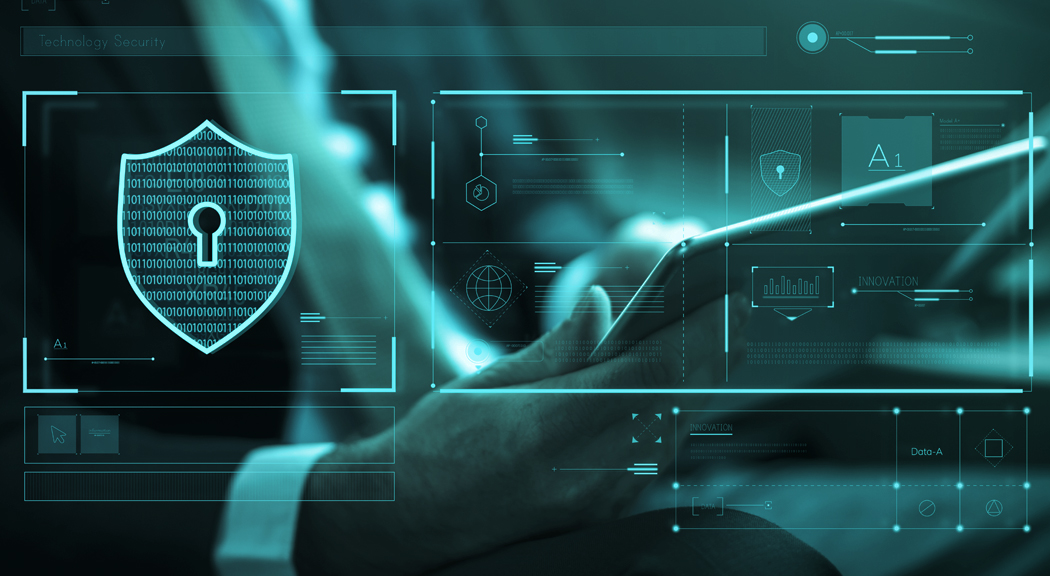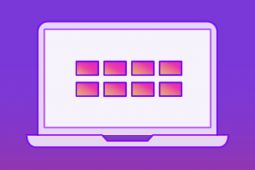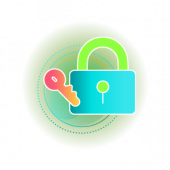How should I organize my digital files?
Preventing Data Loss When We Are Online

Data and information are categorized as the fuel of the era, where countries are going through Cyberwarfare trying to access other nations' data.
Even though your own data may not be as important as nuclear, medical, or even invention research data, it is still important for you and your family, as it might include personal, private, and sensitive information or even some memories, photos, and videos. Therefore, losing it is going to frustrate you and may expose you and your family to attacks such as identity theft or even abuse in case it falls in the wrong hands.
The same applies to business data, which their loss can lead to a company being bankrupted or having reputational issues especially if the lost data belongs to customers whose information got shared and distributed.
Causes of Data Loss:
The increase in the time you spend online, whether you are work from home, or learning online or for any other activity, will increase the chances of you losing your data.
Hence, we are going to list the most relevant online activities that might cause your data to be lost or damaged, in order for you to be aware of and know how to prevent such incidents from happening, or at least to be able to restore your data back.
Losing your data might be caused by:
- Human errors: With the intensive and heavy workload you are witnessing, either due to working from home or due to workflow changes such as the pandemic, or stress and low concentration, human errors increase. These errors can be files being accidentally deleted or overwritten by the same person or by other contributors in case these files were saved and shared through cloud storage.
- Malware: Being connected to the internet, increases the exposure to threats such as viruses and spyware, which might cause damages to your computer’s operating system, and infect your data files by altering them, stealing them by using spyware, or deleting or encrypting them to make it inaccessible unless a ransom is paid.
- Computer theft: Having your portable devices, laptop, external hard drive, flash memory, and mobile devices with you all time, at home, in school or University, or even at your workplace puts them at the risk of being stolen or having the hard drives damaged.
- Damaged hardware: Storage devices are essential components to any device since all your data is stored permanently on them or at least the lasted and active versions of your documents are kept on them for editing purposes. Hence protecting, and maintaining this hardware especially the storage devices, such as hard drives and flash memories, is highly required especially if they are used as a backup repository.
Preventive measures:
Being exposed to many online threats requires you to implement preventive measures that can support you in protecting your data from being lost and damaged. Here are some preventive measures aligned with what was mentioned before:
Data Back up:
Data backup is an essential activity that should never be neglected and should be practiced in the correct way. Applying the 3-2-1 strategy will guarantee that your files are protected and safe. The 3-2-1 strategy means that you have three copies with one active copy, which is the one you are working on, on your laptop, and two other backup copies of the previous versions saved on two different storages of different types of hard drives, where one is an SSD and one is mechanical.
Now and for easy access to your backfiles, you can consider cloud storage in place of one of the previously mentioned locations.
Encryption of data:
Encrypting your data will not prevent it from being stolen, rather it will prevent it from being read by unauthorized persons making it useless for them and minimizing the impact of it being stolen. Having a back copy of the encrypted data is still required; therefore, applying the correct backup strategy along with data encryption is considered one of the ultimate solutions.
Securing devices and data:
Antivirus and anti-Malware can protect your devices from any malicious software that might steal and transfer your files through the internet. Also, they can help identify malicious websites.
Encrypting Storage Device:
Part of data encryption is to encrypt your devices especially your smartphones, as this will prevent the data stored on those devices from being read by any unauthorized person when connecting your smartphone as an external device to any computer without knowing the associate decryption key.
Enabling Find My device:
Such feature, which is currently available and can be activated on all your devices and accounts, helps in wiping your data remotely in case you lose your device or it gets stolen. In addition, have your devices synchronized with your preferred cloud storage services, because it helps in preventing your data from being lost, and guarantees the availability of up-to-date copies of your data that are accessible any time and from anywhere.
Be Vigilant:
All the above steps are essential to safeguard your data and to prevent it from being lost, but the most important thing is for you to be vigilant and aware that implementing all the above, as tools and procedures alone is not enough, since all of your data can be destroyed by a simple human error. For example, imagine you have all your data files on the cloud and on an external hard drive as well, at the time you were synchronizing and ensuring that you have two identical backup copies, you decided to delete one file and you end up deleting the files from the wrong drive, which will have this action replicated to the other storage due the synchronization process which causes all your files to be removed permanently, causing total lost.
Therefore, you should also be aware and knowledgeable on how to apply corrective measures and recovery steps to overcome these incidents.
Corrective measures and recovery steps:
Having all data loss prevention measures in place does not mean you are not going to be a victim for any of the threats mentioned before. Therefore, the following corrective measures and recovery steps should be able to assist you in restoring your lost data to its status before the incidents took place:
Back up files:
After being infected and losing your data, you can refer to any of your backup files to restore the damaged data. Restoring files from backup files can be tricky and might cause damages to other files, therefore you should be aware on how to restore files from the back repository as well as which file should be restored. At the same time, the backed file should be tested from time to time to ensure the process is taking place correctly.
Clouds:
Using cloud storage is the modern way to store your data and backup your files. The good thing with a cloud solution is its ability to track and restore files from the previous version or from the cloud recycle bin which can help you to restore the lost document.
However, if it is not well maintained, it can lead to data being lost as having one document edited and saved by multiple users can lead to conflict, and might be simply lost by being deleted by anyone who has access.
Restoring data from damaged hard disks:
In the previous paragraphs, we have indicated that hard drives can be damaged, hence we should assume that recovering data from a damaged hard drive can be done by following the above measures. If none was in place and we do not have any backup documents for the damaged drive, some companies specialized in data recovery can be approached to support you in restoring the lost data. Such measure is expensive and the pricing is set as lumpsum and based on the company's assessment.
After listing all the above threats, countermeasures, and recovery steps, human awareness and being able to identify the data type you are dealing with is highly important, because it helps you identify the level of protection and measures that needs to be taken.
Protecting data is a highly expensive process, starting from the storage size required to host different copies of the same files, to the type of antimalware that you are going to implement. In addition, the resources required to encrypt your data.
Finally, all these technics need deep analysis and good knowledge about the sensitivity and criticality of the data you are dealing with, in addition to the harm it might cause in case it got lost or leaked.
@2x.png)



















